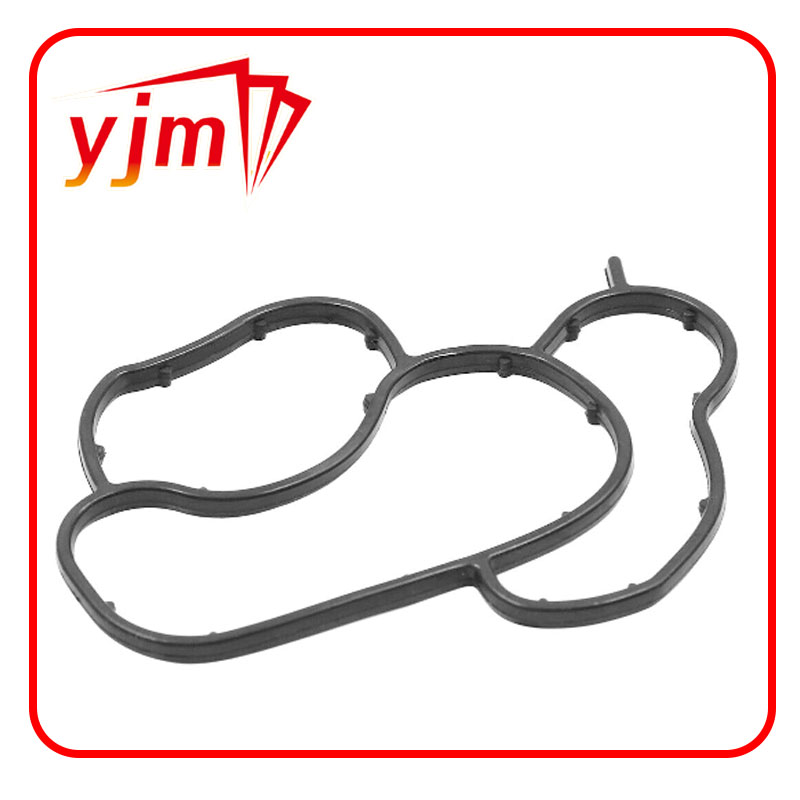v ring seals
Understanding V-Ring Seals An Essential Component for Sealing Applications
V-ring seals are specialized sealing devices designed to prevent leakage of fluids or gases in various mechanical systems. Often regarded as a crucial component in numerous industries, these seals serve to protect machinery from contaminants and ensure efficient operation.
Design and Structure
The design of a V-ring seal is unique and plays a vital role in its functionality. Typically made from elastomeric materials such as nitrile rubber, fluorocarbon, or silicone, the V-ring seal is shaped like a “V” or a triangle. This distinct configuration allows the seal to maintain contact with the shaft while accommodating the axial movement. The inner part of the seal is fitted around a shaft, while the outer part creates a tight barrier against the housing or bore.
One of the standout features of V-ring seals is their ability to provide a reliable sealing solution without the need for additional hardware or complicated installation processes. This simplicity not only reduces assembly time but also minimizes the risk of installation errors that can lead to sealing failures.
Applications
Understanding V-Ring Seals An Essential Component for Sealing Applications
In machinery, V-ring seals can be found in gearboxes, pumps, and other rotating equipment where they perform the dual function of sealing and protecting sensitive internal components. Their resistance to oil and chemicals further enhances their applicability in harsh environments.
v ring seals

Advantages
The advantages of using V-ring seals are numerous. Firstly, their ability to maintain a consistent sealing force, even with changes in temperature and pressure, helps to extend the lifespan of both the seal and the equipment it protects. Secondly, their low friction design minimizes wear on the shaft, ensuring smoother operation and improving energy efficiency.
Additionally, V-ring seals are available in various sizes and elastomeric materials, allowing for customization based on specific application requirements. This versatility makes them suitable for a wide range of temperatures, pressures, and chemical exposure conditions.
Limitations and Considerations
While V-ring seals offer many benefits, they are not without limitations. They are primarily suitable for applications with low to moderate speeds. In high-speed applications, additional measures may be required to ensure that the seal performs effectively. Moreover, the installation process, though generally straightforward, still requires careful handling to avoid damaging the seal during mounting.
It is also crucial to consider the compatibility of the seal material with the fluids it will encounter in service. Choosing the correct material based on chemical resistance and temperature tolerance is vital to maximize the seal's effectiveness and lifespan.
Conclusion
In conclusion, V-ring seals are an invaluable component in machinery and equipment across various industries. Their innovative design, ease of installation, and ability to provide reliable sealing make them a preferred choice for many applications. Understanding the characteristics and appropriate uses of V-ring seals ensures that engineers and maintenance professionals can make informed decisions that enhance equipment performance and reliability. As industrial demands evolve, these seals will continue to play a pivotal role in sealing technologies, contributing to the overall efficiency and sustainability of machinery.
-
The Ultimate Guide to Car Repair Kits: Tools and Essentials Every Driver Should Own
News Aug.01,2025
-
The Complete Guide to Oil Pan Gaskets: Sealing Engine Leaks the Right Way
News Aug.01,2025
-
Preventing Oil Leaks: A Complete Guide to Oil Pan Gaskets and Drain Seals
News Aug.01,2025
-
Everything You Need to Know About Oil Pan Gaskets and Drain Plug Seals
News Aug.01,2025
-
Essential for Car Owners: How to Use a Car Repair Kit to Deal with Minor Breakdown
News Aug.01,2025
-
Comprehensive Guide to Engine Oil Sump Gaskets and Related Seals
News Aug.01,2025
-
The Ultimate Guide to Boat Propeller Bearings and Trailer Wheel Bearings
News Jul.31,2025
Products categories















